What makes a good spaceship in sci-fi?
In our commentary on The Calibray Job's second episode 'Prime Time for a Resignation', we dive into some of the most iconic spaceships in sci-fi and why they work
The Calibray Job is a sci-fi/horror novella I’m serialising here on Altered Narrative. This is the behind-the-scenes commentary for the second episode. Read The Calibray Job, Episode Two: ‘Prime Time for a Resignation’ here.
Spaceships and sci-fi? What came first, it’s like the old chicken and egg conundrum. For as long as we’ve had science fiction stories we’ve had spaceships. Cylindrical rockets with porthole-shaped windows, Jules Verne canons firing pods into space, rickety old junk heaps piloted but scruffy-looking nerf herders and, in some cases, literal space ships.
I knew when conceiving the idea for ‘The Calibray Job’ that I wanted it to feature a spaceship with a misfit crew. Which begged the question; what makes a cool spaceship in sci-fi?
Star Wars has the Millennium Falcon, Firefly has Serenity, Cowboy Bebop has the Bebop. All these vehicles are much the same as their crews, malfunctioning, barely held-together pieces of space junk. They are, as Rey says in The Force Awakens, ‘garbage’. It’s a big reason why these ships become so beloved.
Beyond their design, these ships are extensions of the people that fly them. These people are the underdogs, the liminal, the discarded and these vessels are much the same. They’re also vessels for travel, they facilitate these misfit characters in their attempts to run away from whatever it is pursuing them. Sometimes that’s literally an armada of Cylons and other times what’s chasing them is their own past.
Personality and character
The best spaceships are characters, right? These vehicles are reflections of the crews that fly them, yes, but they also need to have personality themselves. They need a backstory, they need strengths and weaknesses and wants and needs just like the other characters in the story.
Want to see my top four spaceships? Check out my list here.
One great example of this is how in many cases these spaceships don’t always work. They need you to hit a panel in the right place or rewire something under the control console. Han Solo and Rey need to wrestle to bring the Falcon’s hyperdrive back online in The Force Awakens.
In Battlestar Galactica’s first episode ‘33’, the crew must deal with all manner of mechanical complications on board the ship in order to continue to outrun the pursuing Cylons. The trope of the ship malfunctioning until the very last second is a tried and true sci-fi staple for good reason. It shows that these aren’t perfect machines, they’re flawed just like the other characters. It also shows how much they rely on their crew. Han Solo always knows the right fix because he’s in tune with the Falcon much like he is with Chewbacca.
The coolest sci-fi ships are often cobbled together from whatever their crews can salvage. The Wayfarer in Becky Chambers's A Long Way to a Small Angry Planet is a wild menagerie of everywhere its flown and all the people that keep it flying true. Much like a person, a good spaceship is shaped by the people and experiences it is surrounded by. Beyond the basic survival needs of its crew, the Wayfarer is home and has been moulded into one by those who walk her halls. Similarly, the Falcon is shaped by the many deadly and dangerous situations Han flies it into.
Look at the way that some of these ships were designed. Many of them were designed through a process known as kit-bashing, where pieces of model kits are glued together in various configurations in order to make something organic and new. This very much reflects what the characters themselves have to do as they go about their adventures. These crews are all starved of resources, they’re low on funds and can’t just pop their spaceship into the shop for a quick once-over. They have to fix as they go, adding and changing and modifying as the situation calls for it. How is that different to other characters? They change both physically and internally as each of their many adventures changes and shapes them.
Designing the Sol
So how do I create my own spaceship? The core story at the heart of The Calibray Job is dealing with the mistakes of the past. Like I mentioned in my episode one commentary, the crew of the Sol are all, in their own way, running from something. The Sol is their salvation. It’s their ticket away from whatever each of them is trying to escape.
When we start the story, Nera has come to believe that the Sol might be flying her closer to what she’s running from instead of taking her away so she wants out. The problem is, the Sol is home for her. She looks at it as another member of the crew - a living, breathing entity for which she cares. She sees herself less as a mechanic and more as a nurse caring for a patient.
The Sol represents something different to every member of its crew. For Beck, it’s a fortress, a physical manifestation of herself. For Jaark, it’s a means to an end. And, as we’ll come to see in future instalments, the Sol has a different meaning for everyone.
We tend to use our spaces as a way to reflect our personality. They become extensions of ourselves. In episode two we’re introduced to Captain Beck’s quarters. “Where the rest of the crew had at least brought some of themselves to their spaces, Beck had taken a different approach.”
I wanted Beck’s room to reflect the idea that she never feels settled. For the rest of the crew, while they might be running away from home, home is still out there somewhere. For Beck, the Sol is the closest thing to a home she has. What does it mean to live such a transient life? She feels this constant need for motion, whether that’s looking for the next job or having all her stuff packed away in a crate in case she needs to make a quick escape.
It’s also a very literal metaphor for how guarded she is with her past. If our possessions and our spaces are extensions of ourselves then the fact that her space is empty and her possessions are locked away says a lot about how uncomfortable Beck is sharing herself with the world.
Take Beck’s bed, for example. There’s no comfort there, just “a thin mattress atop a metal frame.” It’s cold, sterile and simple. Contrast that to Nera’s bed; “Her bunk was a piece of old tarp strung between two uprights in the Sol’s engine bay.” Where Beck is sleeping on a piece of metal looking out at the engines of the ship, Nera is sleeping on a soft tarp alongside the Sol’s beating heart.
The System Timeline: Volume One [Lore]
“Time is like clay, it can be moulded and shaped as you see fit. You only need to possess a vision.” ‘The Long History of Our Yesterday’ by Ugain Oralda, professor and former curator at The Grand Archive of Hellan, describes the timeline of The System
Then we’ve got the mess hall. “The mess was much the same as the rest of the ship. A haphazard array of cookware and machinery sourced and salvaged from all over The System. Plates and bowls made of the cheap tin that’s abundant on Doraketh. An iron stove salvaged from an old cruiser out in the shipyards of Avara City. And at its centre was the table. A long stretch of continuous steel assembled with machined silver rivets from The Golden City on Lunaris. Their one nice thing.”
Food plays an important role in community building and so does the space in which we consume it. In Becky Chambers's Wayfarers series, where the crew eat together is a central part of the story. It builds out the character of the ship. I wanted to convey a similar idea in this introduction to the mess hall. Without dwelling on the wider space, I wanted to hint at the fact that it had been assembled from the discarded garbage from across The System.
If the cookware and stove were “sourced and salvaged” from planets where they were abundant or discarded, then the table is something different. It’s ‘their one nice thing.’ Those eagle-eyed readers will notice that the table is made from metal from The Golden City on Lunaris - the base of the Thousand Suns Alliance, also known as the shady government that hired them for that morally ambiguous job we heard all about back in episode one. I’m sure it won’t mean anything, though.
There are so many ways to create a spaceship for a science fiction story. You could go down the Star Wars route as I described above and have it be a mess of stuff barely being held together like its crew. Or, you could go the Trek route and have the ship be pristine and futuristic, representing a crew of optimistic adventurers. But like all locations, these spaceships should be characters within the story. Extensions of the characters’ inner lives, metaphors for their wants and needs. Bonus points, too, if you can make them look really cool.
Bonus: My Top Four Spaceships
Millennium Falcon
Obviously, this is at the top. It is pretty much the ‘cool spaceship’ blueprint. The asymmetric design, the hyperspace lever, the cracked and worn beige material covering the seats. Everything about the Falcon is immediately iconic. Add to that the fact that there are precious few people capable of truly communicating with her and you’ve got a ship packed with character and personality.
USS Enterprise (NCC-1701)
As I mentioned in my outro, not all spaceships need to be pieces of junk to be packed with character and personality. The Enterprise is a state-of-the-art starship designed to boldly go where no one has gone before. It wouldn’t make sense if it was a mess.
Its crew are the best of the best, they’re Starfleet, they’re optimistic and ready for the future and, as such, the ship is an extension of that idea. And when the crew are in disarray so is the Enterprise. Because it is just as much of a character as Pike, Kirk, Spoke et al. It’s also just incredibly cool to look at, right?
Battlestar Galactica
The Galactica is very much the opposite of the Enterprise. Where that ship is flown by a crew exploring the universe, the Galactica is flown by a crew just trying to survive. One ship is clean, futuristic and full of potential, the other is barely held together, much like its crew. Beyond being a cool design, the Galactica is a representation of where humanity is at this point in its history. It’s lost everything, it’s barely clinging on and it is always, seemingly, only minutes away from annihilation.
X-Wing
This plucky fighter typifies everything the Rebel Alliance is about. They’re small, they’re outgunned and outnumbered but their strength lies inside. The X-Wing is an instantly iconic design, from the s-foils to the cockpit window. These ships are in concert with their pilots, they are, in a more literal way, extensions of those that fly them. I mean just look at how Luke uses his X-Wing at the end of Episode IV.






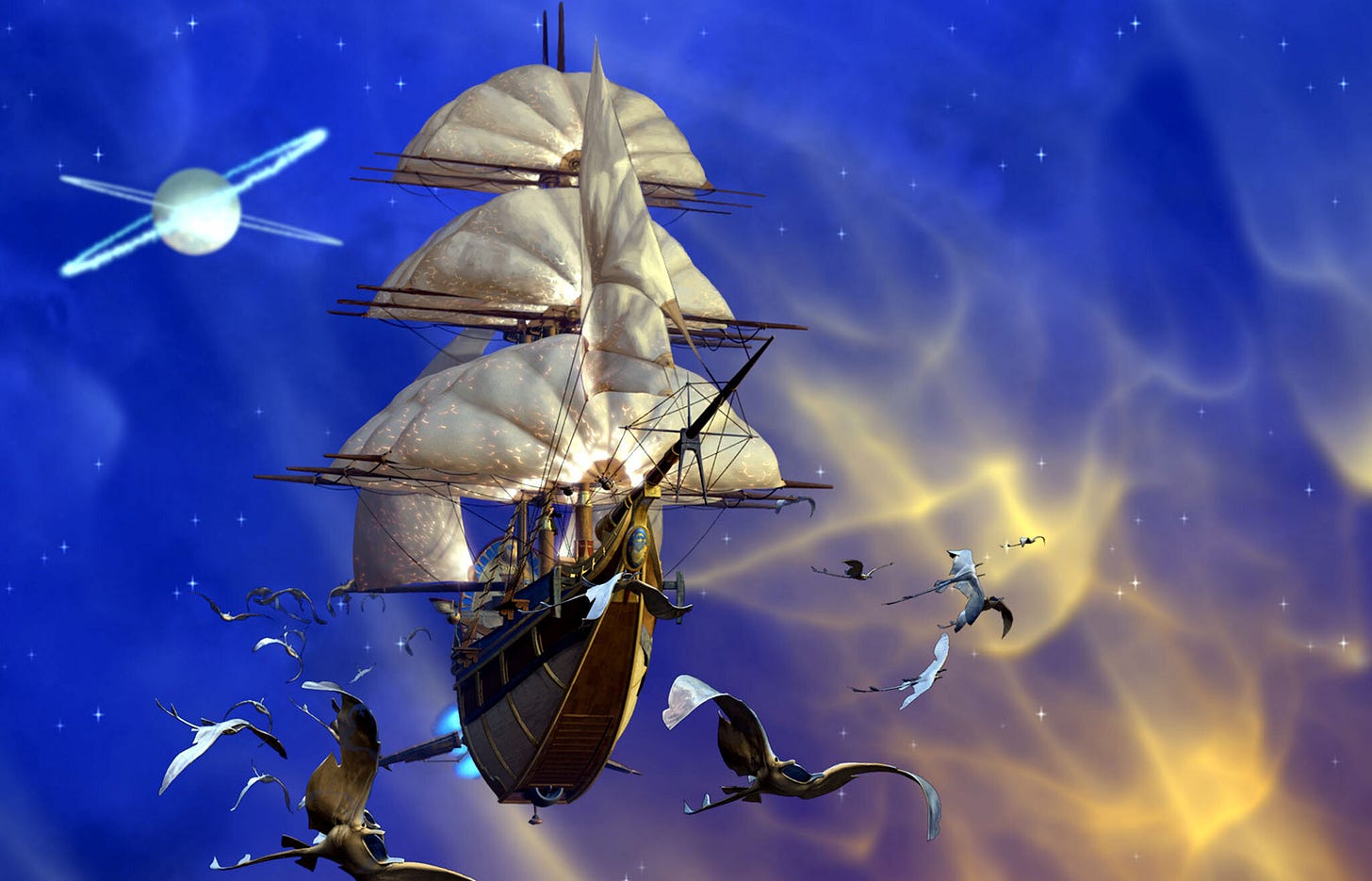
![The Calibray Job, Episode Two [Novella]](https://substackcdn.com/image/fetch/$s_!5BrD!,w_140,h_140,c_fill,f_auto,q_auto:good,fl_progressive:steep,g_auto/https%3A%2F%2Fsubstack-post-media.s3.amazonaws.com%2Fpublic%2Fimages%2Fb921381e-3d73-422e-aa89-1a9a88f8c78c_6912x3456.png)
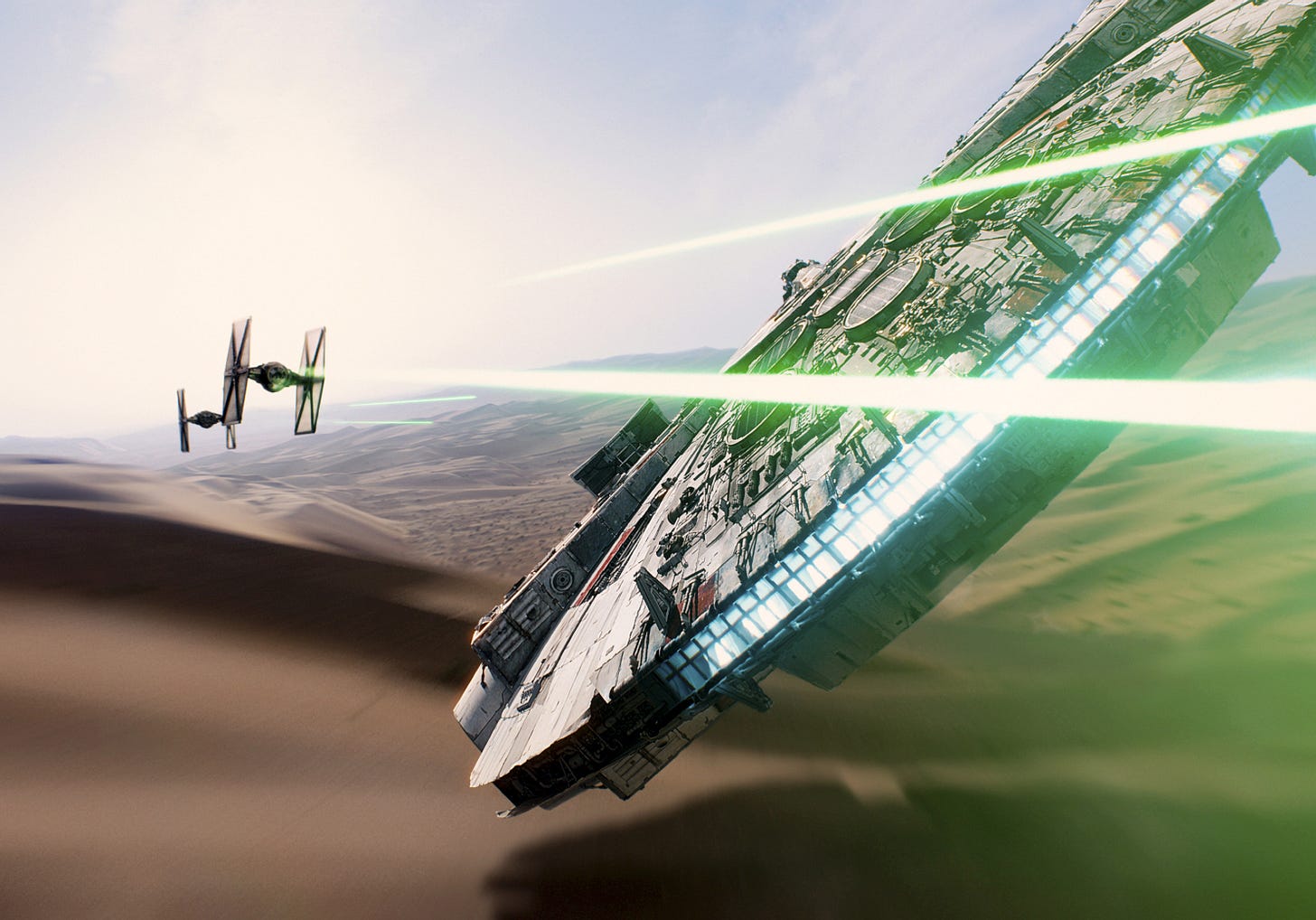
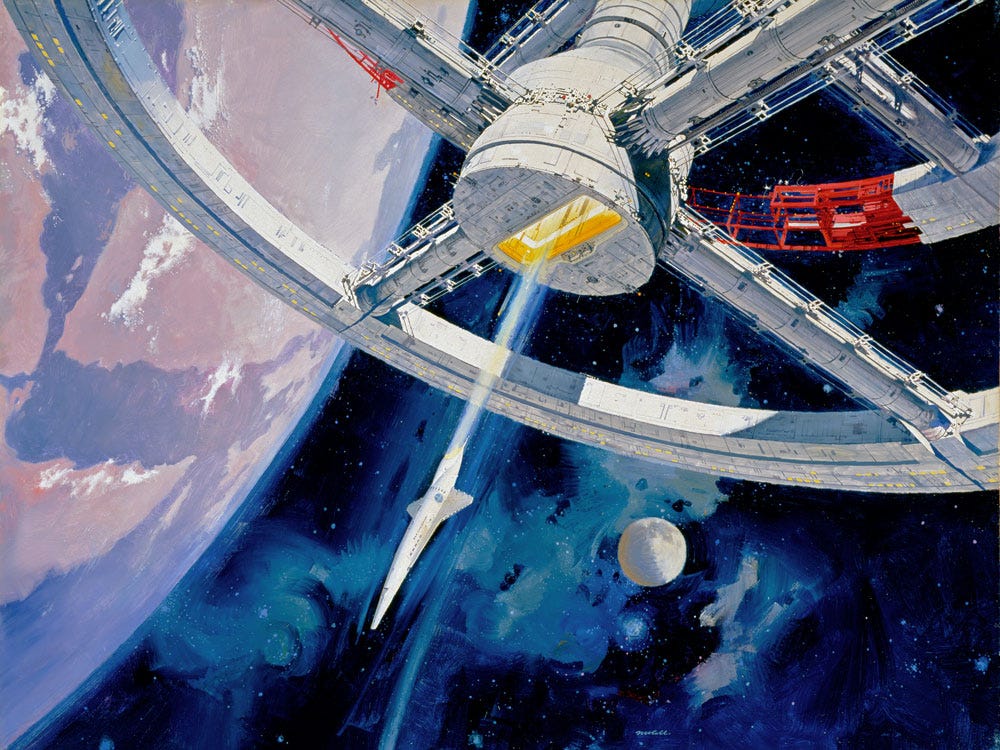
![The System Timeline: Volume One [Lore]](https://substackcdn.com/image/fetch/$s_!PUA4!,w_1300,h_650,c_fill,f_auto,q_auto:good,fl_progressive:steep,g_auto/https%3A%2F%2Fsubstack-post-media.s3.amazonaws.com%2Fpublic%2Fimages%2F0b0ecdae-b0be-4299-ba83-51342cfffbb0_1280x720.png)
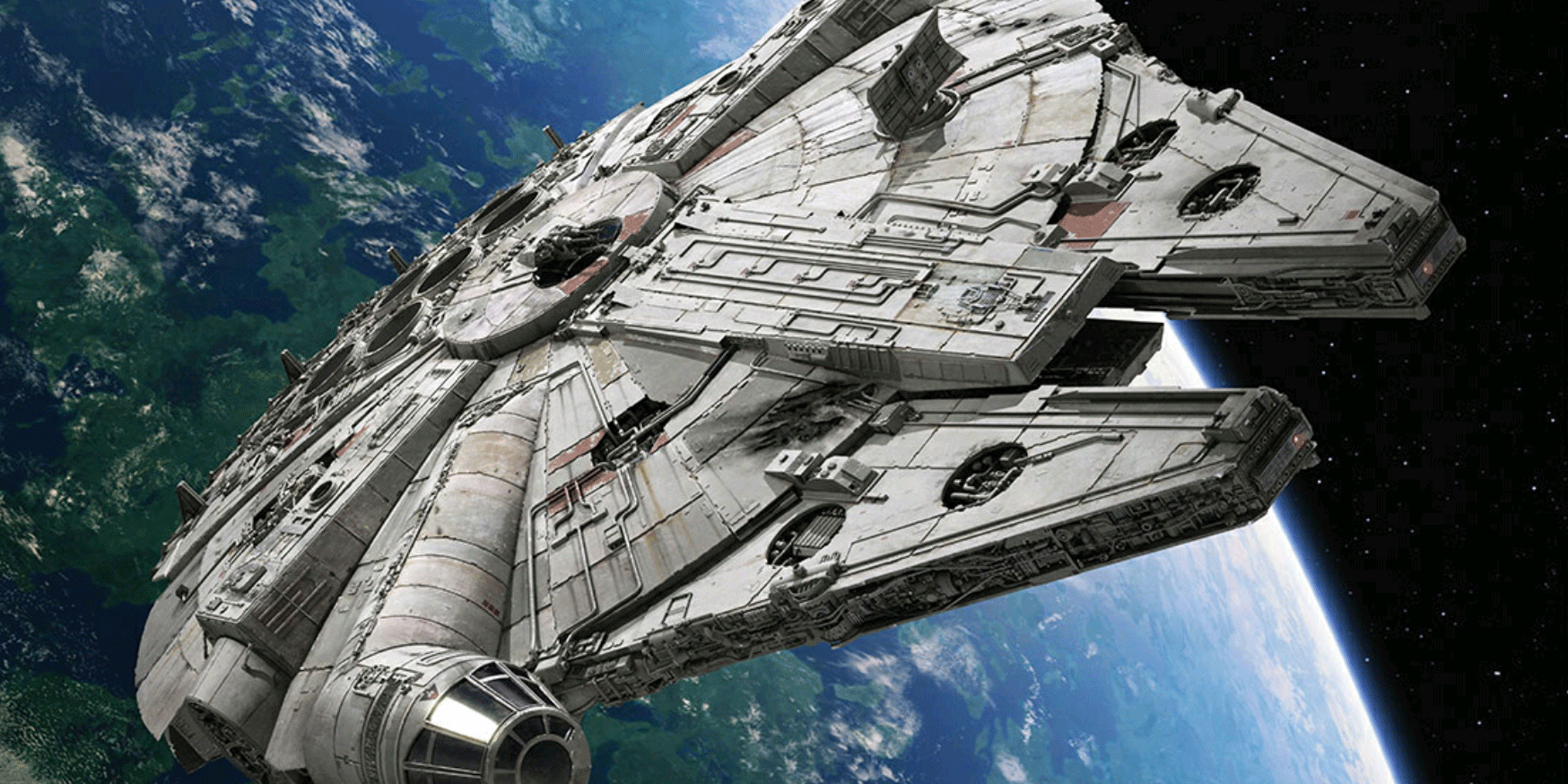
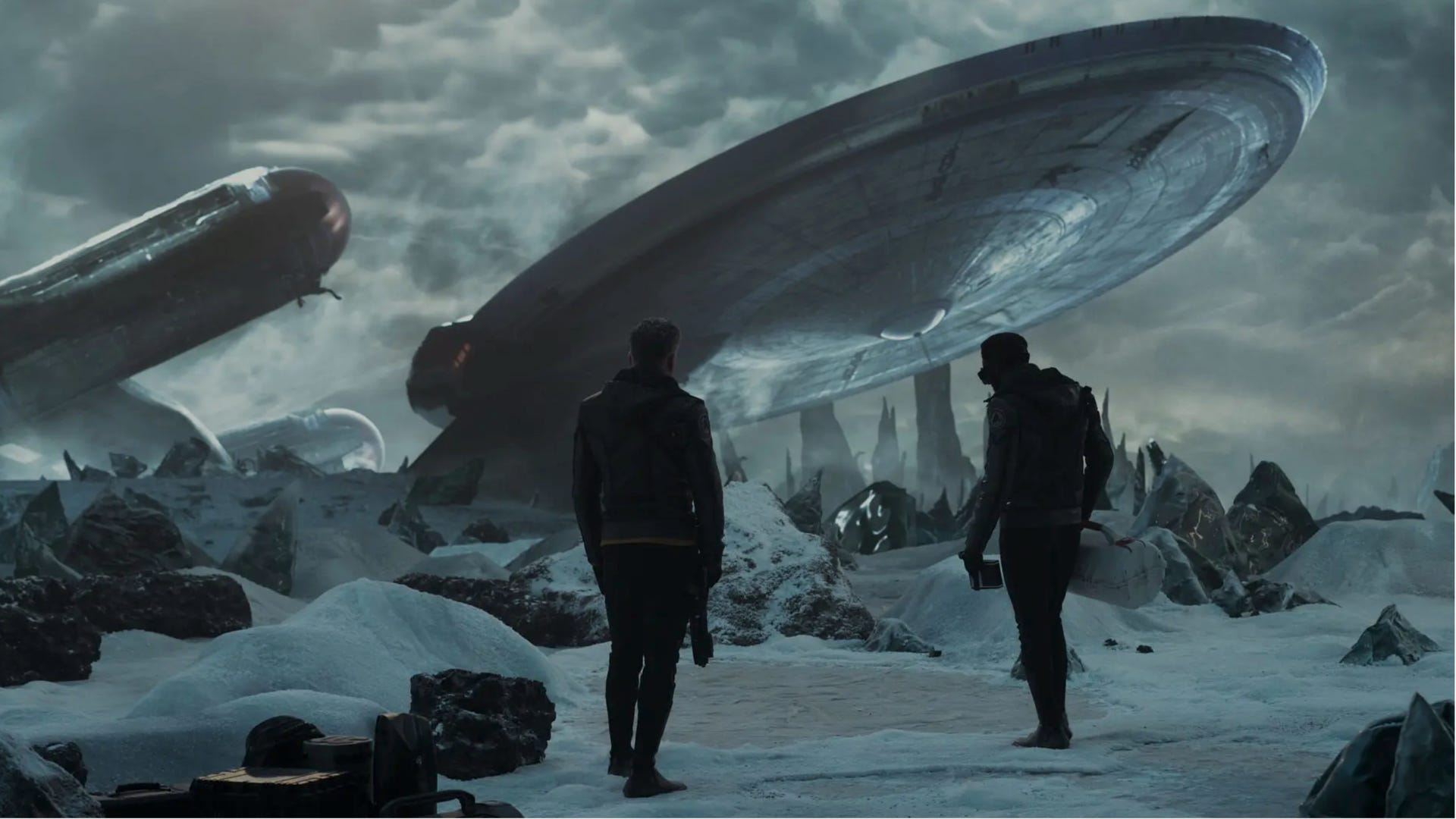
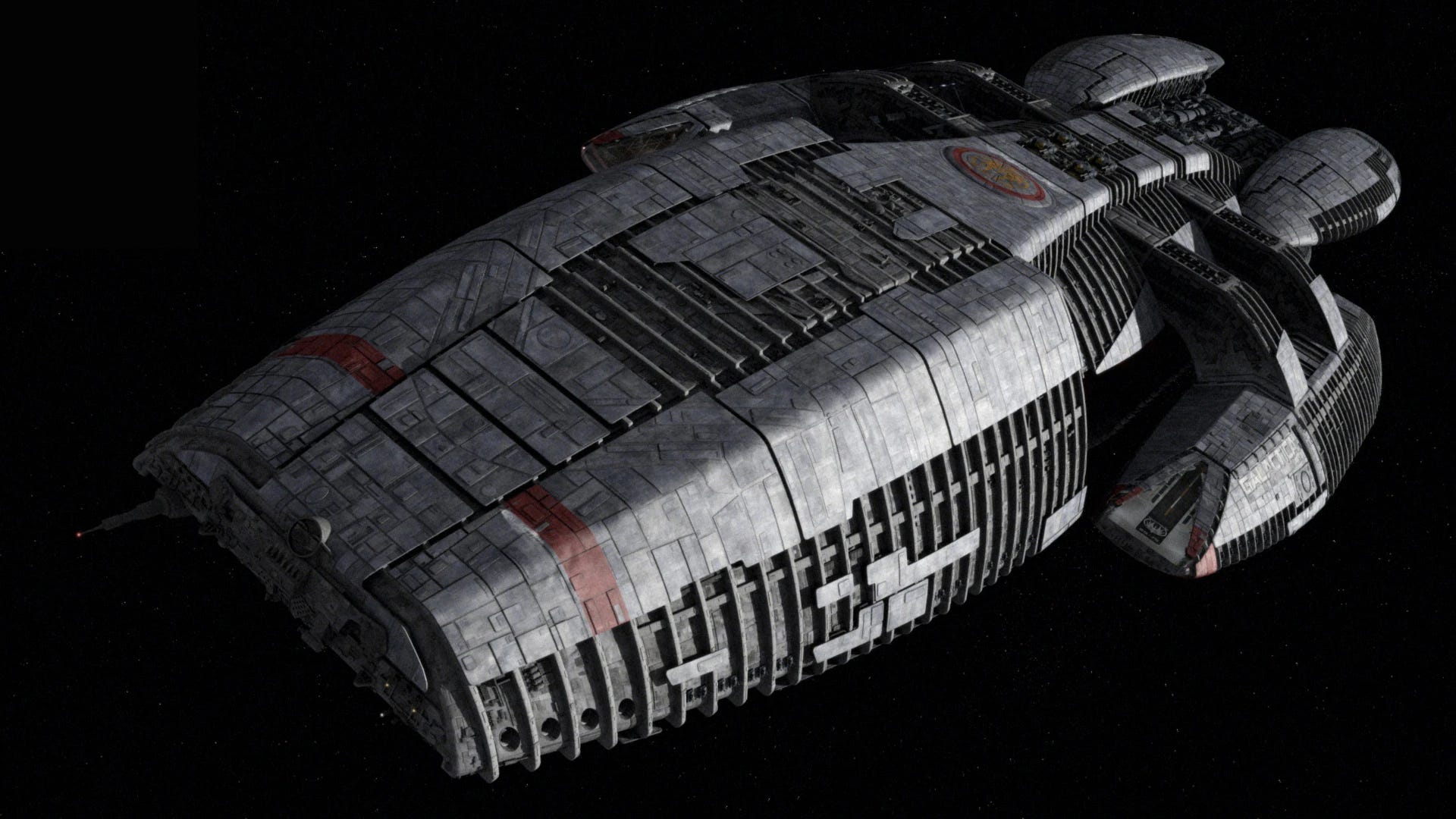
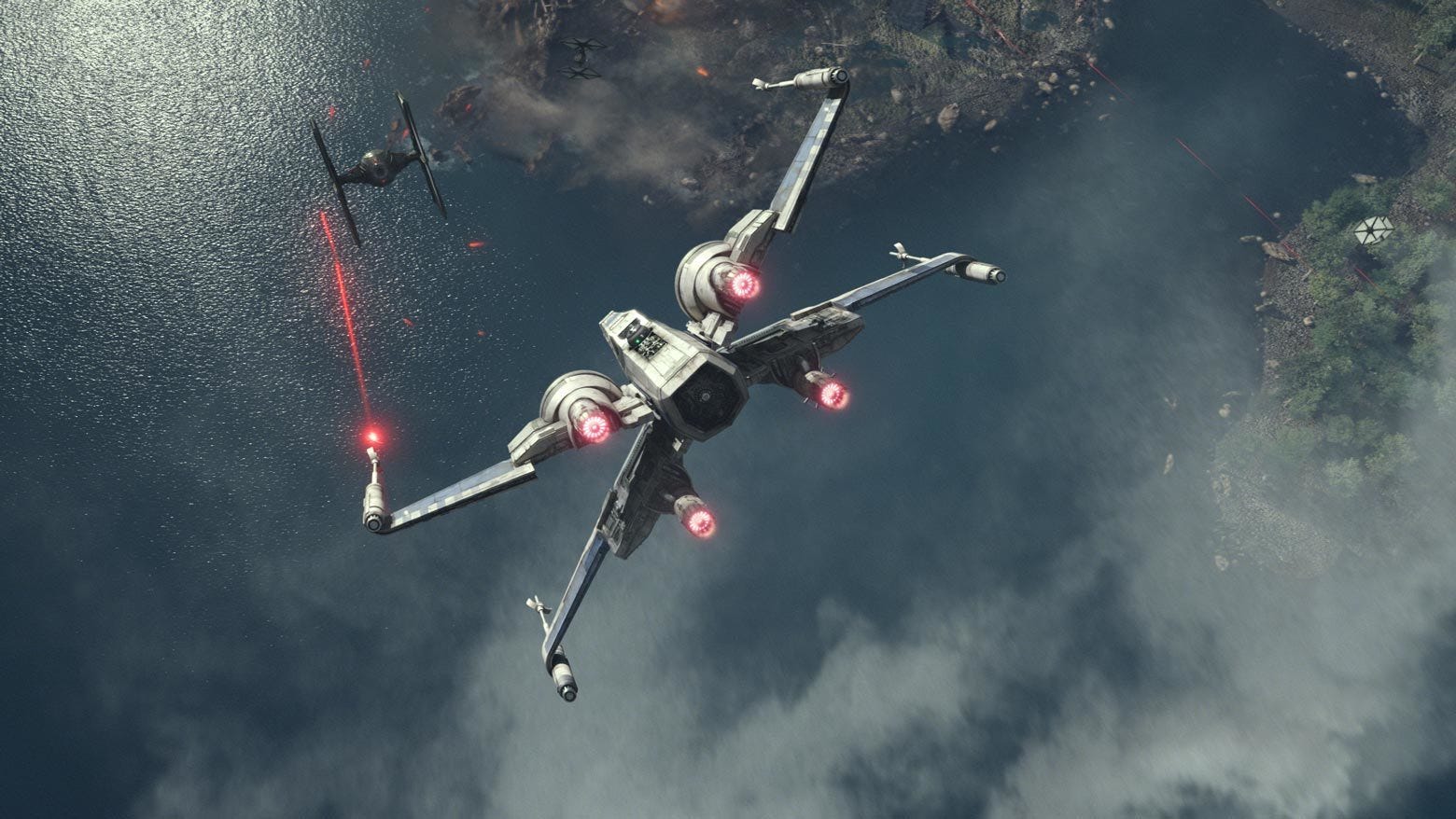
I enjoyed this commentary on spaceships. The Millennium Falcon also gets my vote for coolest spaceship. 🙂